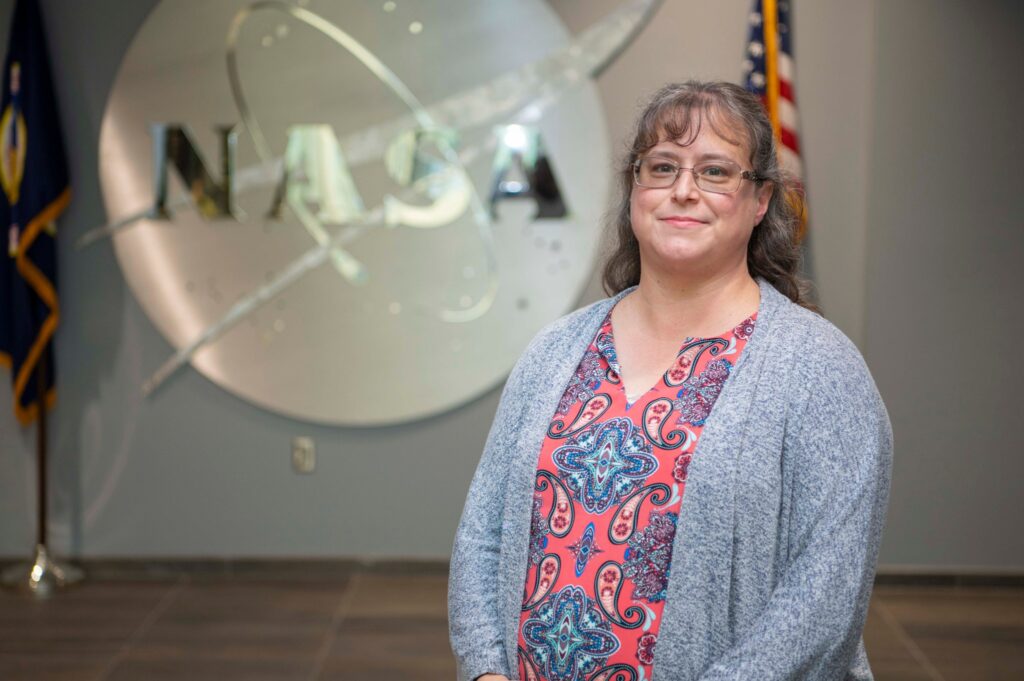They Grow So Fast: Moon Tree Progress Since NASA’s Artemis I Mission

In the two years since NASA’s Orion spacecraft returned to Earth with more than 2,000 tree seedlings sourced in a partnership with USDA Forest Service, Artemis I Moon trees have taken root at 236 locations across the contiguous United States. Organizations are cultivating more than just trees, as they nurture community connections, spark curiosity about space, and foster a deeper understanding of NASA’s missions.
Universities, federal agencies, museums, and other organizations who were selected to be Moon tree recipients have branched out to provide their community unique engagements with their seedling.
“Through class visits to the tree, students have gained a lot of interest in caring for the tree, and their curiosity for the unknown in outer space sparked them to do research of their own to get answers to their inquiries,” said Adria Gillespie, the district science coach at Greenfield Union School District in Greenfield, California.
The presence of a Moon tree at schools has blossomed into more student engagements surrounding NASA’s missions. Along with planting their American Sycamore, students from Eagle Pointe Elementary in Plainfield, Illinois, are participating in a Lunar Quest club to learn about NASA and engage in a simulated field trip to the Moon.
Eagle Pointe Elementary students also took part in a planting ceremony for their seedling, where they buried a time capsule with the seed, and established a student committee responsible for caring for their Moon tree.
At Marshall STEMM Academy in Toledo, Ohio, second grade students were assigned reading activities associated with their Moon tree, fourth graders created Moon tree presentations to show the school, and students engaged with city leaders and school board members to provide a Moon tree dedication.
A seedling sent to The Gathering Garden in Mount Gilead, North Carolina, is cared for by community volunteers. Lessons with local schools and 4-H clubs, as well as the establishment of newsletters and social media to maintain updates, have sprouted from The Gathering Garden’s Loblolly Pine.
Sprucing Up the Moon Trees’ Environment
In addition to nurturing their Moon tree, many communities have planted other trees alongside their seedling to foster a healthier environment. In Castro Valley, California, a non-profit called ForestR planted oak, fir, and sequoia trees to nestle their seedling among a tree “family.”
New homes for additional Moon tree seedlings are being identified each season through Fall 2025. Communities continue to track how the impact of NASA’s science and innovation grows alongside their Moon trees.
NASA’s “new generation” Moon trees originally blossomed from NASA’s Apollo 14 mission, where NASA astronaut Stuart Roosa carried tree seeds into lunar orbit. NASA’s Next Generation STEM project partnered with USDA Forest Service to bring Moon trees to selected organizations. As NASA continues to work for the benefit of all, its Moon trees have demonstrated how one tiny seed can sprout positive change for communities, the environment, and education.
Learn more about NASA’s STEM engagements: https://stem.nasa.gov









